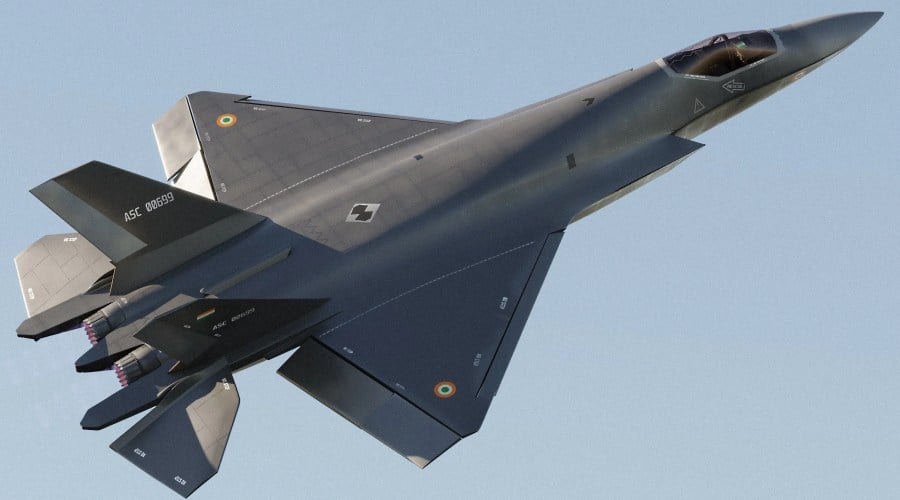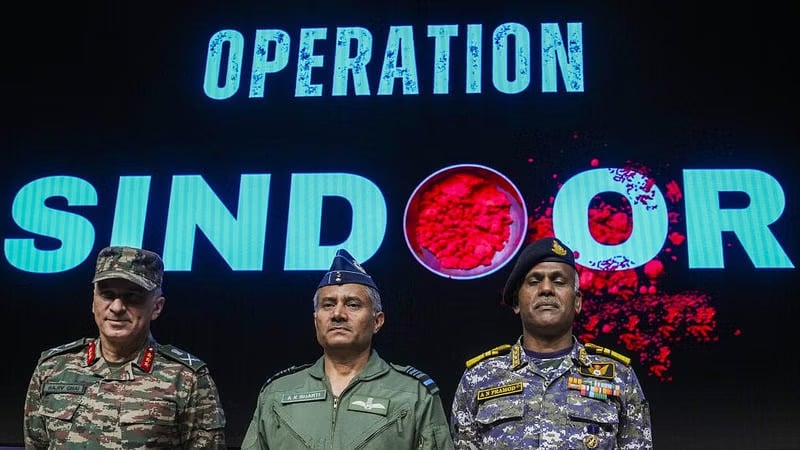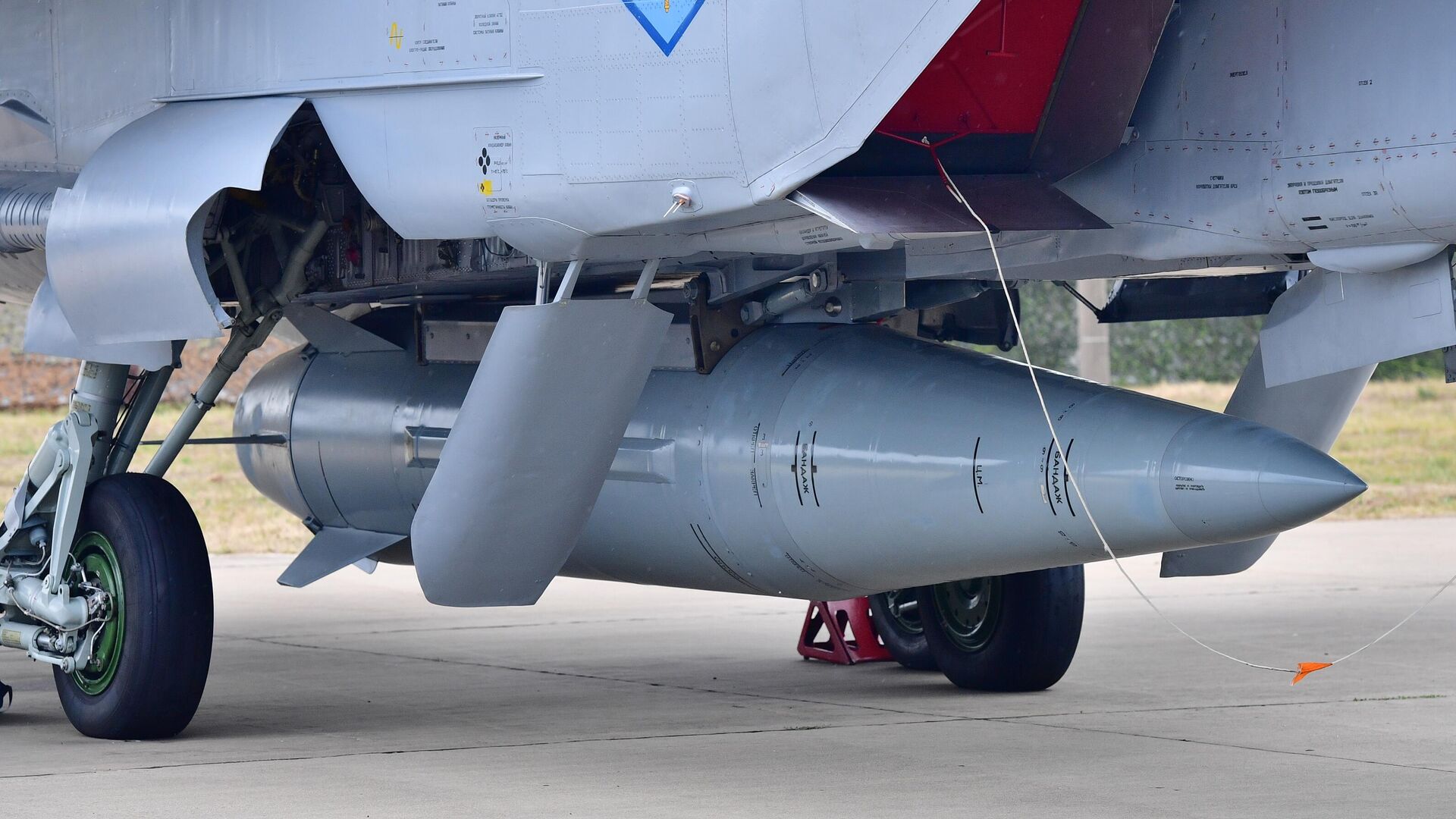HAL Receives 24 Indigenous Bids for AMCA JV, to Submit Consortium Proposal in ADA’s Upcoming EoI
Hindustan Aeronautics Limited (HAL) has confirmed that 24 indigenous companies have responded to its call to join a consortium for…
MoD Issues Advisory to Protect Privacy of Armed Forces Amid Operation Sindoor
The Ministry of Defence (MoD) has issued a formal advisory requesting the media and public to respect the privacy of…
Russia Launches Hypersonic ‘Kinzhal’ Missile at Mykolaiv in First Strike on Southern Ukrainian City
The Russian Armed Forces have fired a hypersonic "Kinzhal" missile at the southern Ukrainian city of Mykolaiv, marking the first…
Maharashtra to Introduce Basic Military Training for Students from Class 1
In a landmark decision, the Maharashtra government has announced that basic military training will be introduced for students starting from…
Lt Gen Sandeep Jain Completes Tenure as IMA Commandant, Takes Over as Chief of Staff at Southern Command
Lieutenant General Sandeep Jain has officially concluded his tenure as the Commandant of the Indian Military Academy (IMA), Dehradun, and…
IPL Pays Tribute to Indian Armed Forces for Operation Sindoor
Moments before the highly anticipated IPL 2025 final between Royal Challengers Bengaluru (RCB) and Punjab Kings (PBKS), the Indian Premier…






